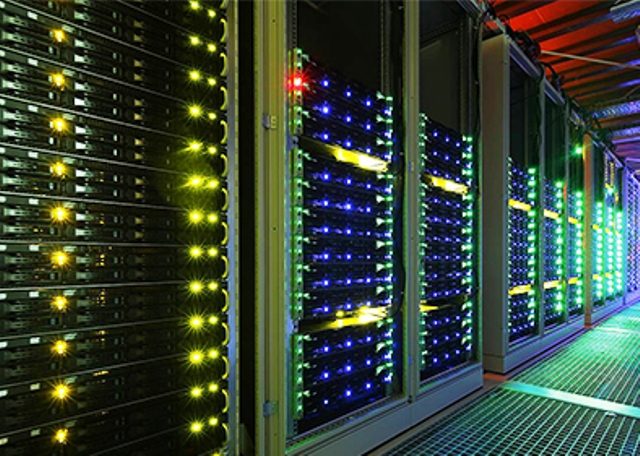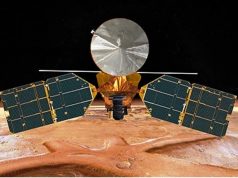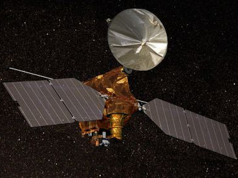WASHINGTON — The International Space Station is expected to get its first supercomputer next week.
Hewlett Packard Enterprise (HPE) said Friday that it will launch a supercomputer into space on the SpaceX Dragon spacecraft next Monday, as part of a joint experiment with the U.S. space agency NASA.
The system, called the Spaceborne Computer, is designed to last for a year, which the company said is roughly the amount of time it will take to travel to Mars.
“A mission to Mars will require sophisticated onboard computing resources that are capable of extended periods of uptime,” Alain Andreoil, senior vice president and general manager at HPE’s data center infrastructure group, wrote in a blog post.
“To meet these requirements, we need to improve technology’s viability in space in order to better ensure mission success. By sending a supercomputer to space, HPE is taking the first step in that direction.”
Currently, many of the calculations needed for space research projects are still done on Earth due to the limited computing capabilities in space, according to HPE.
While this approach works for space exploration on the moon or in low Earth orbit, it would take up to 20 minutes for communications to reach Earth and then another 20 minutes for responses to reach astronauts once they travel farther out and closer to Mars, it said.
“Such a long communication lag would make any on-the-ground exploration challenging and potentially dangerous if astronauts are met with any mission critical scenarios that they’re not able to solve themselves,” Andreoil said.
The HPE Spaceborne Computer is based on the so-called Apollo 40 class systems, running an open-source Linux operating system, with a unique water-cooled enclosure, but has no hardware modifications, according to the company.
Generally, in order for NASA to approve computers for space, the equipment needs to be “ruggedized,” or hardened to withstand the conditions in space, Andreoil explained.
“This physical hardening takes time, money and adds weight, so HPE took a different approach to ‘harden’ the systems with software,” Andreoil said.
“HPE’s system software will manage real time throttling of the computer systems based on current conditions and can mitigate environmentally induced errors,” he said.
“Even without traditional ruggedizing, the system still passed at least 146 safety tests and certifications in order to be NASA-approved for space.”










